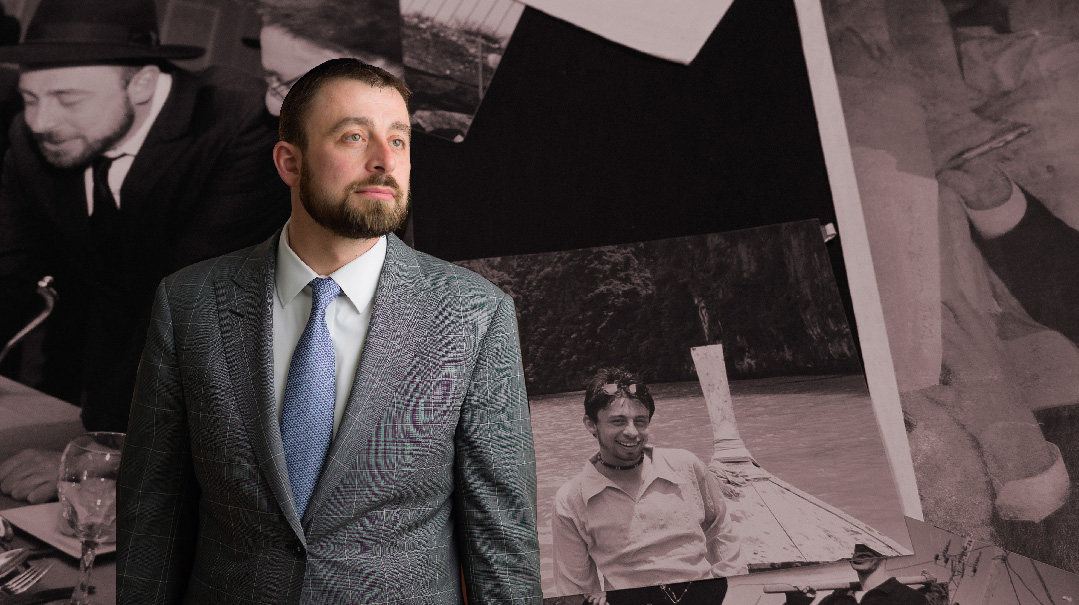Identity Crisis

There are thousands of young people who mistakenly believe themselves halachically Jewish. They are zera Yisrael, of Jewish descent, without being Jewish

Photos: Naftoli Goldgrab
As told to Barbara Bensoussan by Yehoshua Parker
It was the summer of 2002, and I’d been learning for a month in the beginners’ program of a kiruv yeshivah in Jerusalem. The content was interesting, but I wasn’t yet sold on Torah Judaism. Then I found myself at the Kosel Plaza at the close of Tishah B’Av, wedged among thousands of Jews praying and singing. Suddenly, I felt overwhelmed by a profound sense of clarity and connection. All the classes I’d attended came alive for me — Torah is emes, I realized. I had the same reaction Napoleon did when he saw Jews crying on Tishah B’Av: If the Jews were still mourning their Temple after 2,000 years, they would surely live eternally as a people.
I went back to yeshivah uplifted, engaging in my classes with renewed enthusiasm. But two weeks later, the yeshivah director took me aside.
“I’m sorry, but you have to leave,” he announced. “We’ve done some research into your background, and halachically, you aren’t Jewish. We have no financial mandate to support non-Jews, and somebody else could be using your bed.”
With that stunning announcement, he firmly showed me the door.
I was in shock, literally dizzy and speechless. I didn’t know how to process the raw emotions. And it was particularly painful coming on the heels of my epiphany at the Kosel just weeks earlier. Suddenly the identity I’d been assigned since childhood was unmasked as a social construct based on wishful thinking. I didn’t know who to believe. I’d finally found the emes, and now I’m told my roots are based in sheker and there’s no place for me.
Tragically, my initial yeshivah experience isn’t uncommon. With non-Orthodox synagogues opening their arms to mixed couples and declaring patrilineal descent sufficient for Jewish identity, there are thousands of young people who mistakenly believe themselves halachically Jewish. They are zera Yisrael, of Jewish descent, without being Jewish.
Zera Yisrael are a different breed from geirim who grew up in other faiths. They already have one parent who is Jewish, and they often grow up identifying as such. They celebrate bar or bat mitzvahs and attend Jewish summer camps. In some ways, the transition of zera Yisrael to frum life resembles that of baalei teshuvah, because they’re already familiar with religious and cultural basics. No one has to explain what a Pesach Seder is or translate the words “mazel tov.” Yet they have much greater hurdles to jump, and often — like me — experience a deep sense of betrayal and confusion when they learn the authority figures they trusted as children deluded them.
Oops! We could not locate your form.







